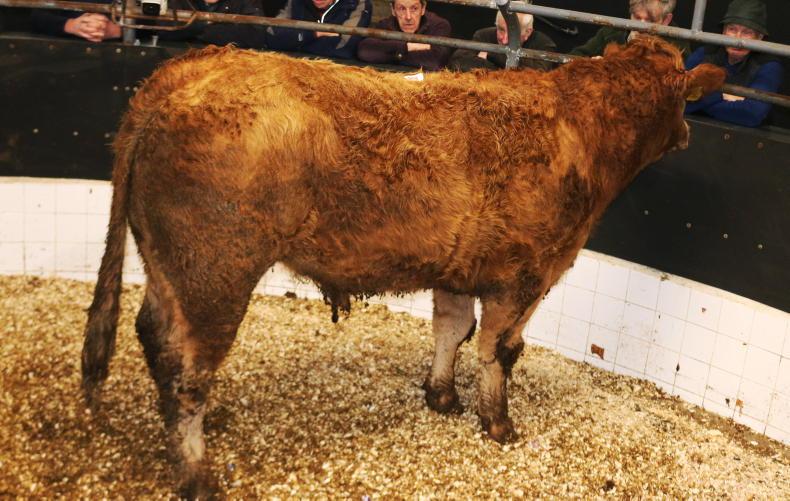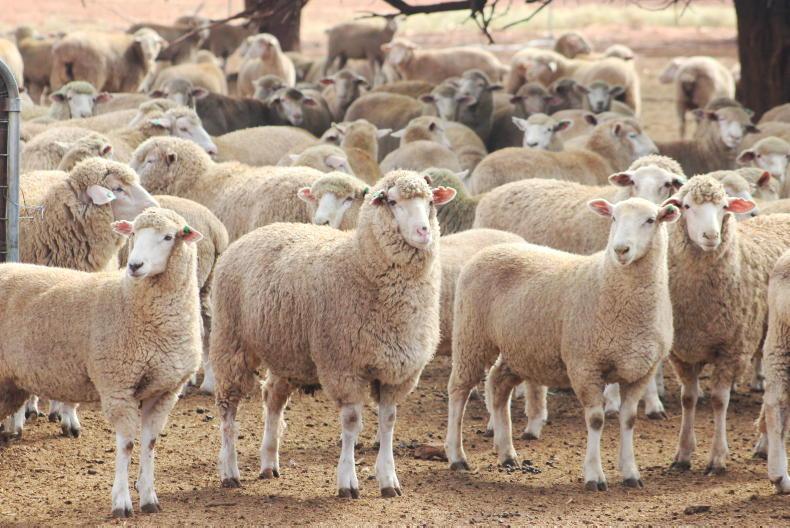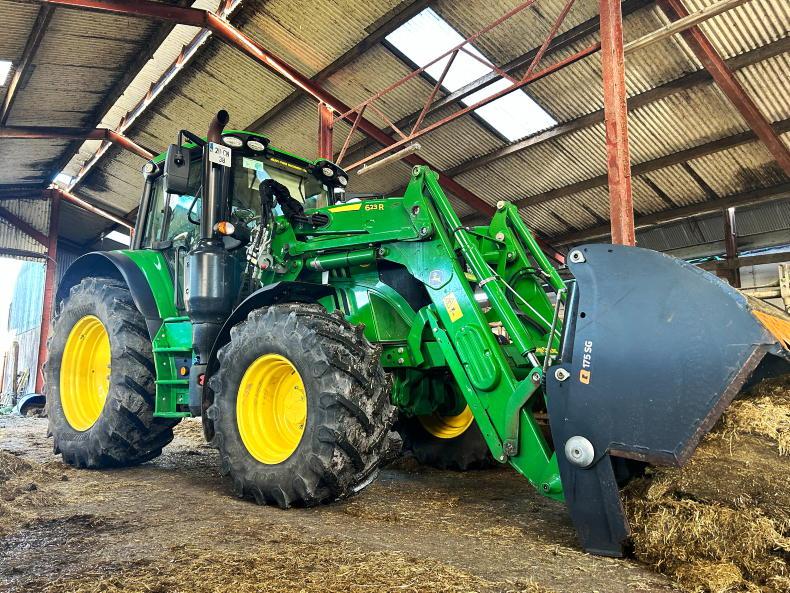when the UK completed the process of leaving the EU at the start of 2021, securing trade deals with major trading partners was a key political priority to demonstrate UK independence from EU policy.
The EU had been active in trade negotiations over a prolonged period with varying levels of success, as member state interests had to be balanced against the ambitions of trading partners.
Deals had been concluded with Canada, South Korea and Vietnam and negotiations had been ongoing with Australia and New Zealand since 2018.
A deal with the South American Mercosur countries was agreed but never ratified, while negotiations started with the US in 2012 but were parked in 2016.
The UK had been part of these negotiations as an EU member and upon exit, sought to get its own deals in place with a degree of haste.
Negotiations with Australia and New Zealand commenced and concluded within months, a complete contrast to the glacial pace at which EU negotiations proceeded.
The reason for the speed was the fact that the UK had only its own national interest to protect and was able to offer Australia and New Zealand what they wanted most as major exporters of agricultural produce – access to one of the largest import markets in the world for beef, sheepmeat and dairy products.
Tariff-free quotas
In practical terms, this meant generous tariff-free quotas. In the case of Australia, it was given a 35,000t beef quota immediately on the deal coming into effect and a 25,000t sheepmeat quota.
These will progressively increase to a quota of 110,000t for beef by year 10 and 175,000t after 15 years with a preferential 20% tariff on anything above that.
The quota for sheepmeat will increase to 75,000t by year 10 and 125,000t after 15 years with a 20% tariff on anything above that.
New Zealand secured a 12,000t beef quota when the deal came into effect, rising to almost 39,000t after 10 years and after 15 years, unlimited access.
New Zealand already had generous access to the UK sheepmeat market with a 114,000t tariff-free quota but this has been increased further – up by 35,000t after four years and a further 50,000t will be added between years five and 15.
Dairy exports are also important for New Zealand and it secured a 7,000t butter quota, rising to 15,000t after five years and unlimited access after six years. There will be access for 24,000t of New Zealand cheese immediately, increasing to 48,000t after five years and unlimited access after six years.
While these are the two trade deals that can have a real impact on the UK market, the UK also agreed to join the Comprehensive and Progressive Agreement for Trans-Pacific Partnership (CPTPP). This is a group of 11 countries around the Pacific Rim: Canada, Mexico, Peru, Chile, New Zealand, Australia, Brunei, Singapore, Malaysia, Vietnam and Japan.
Trading arrangements
There are some preferential trading arrangements between members but it isn’t a single market. The UK has had a rather fraught relationship with one of the members, Canada, where trade negotiations to replace the EU deal have been suspended.
The deals that have the most potential to impact Irish meat processors are those with New Zealand and Australia which came, into operation at the start of June last year. UK import data suggests that, in 2023, imports from both countries increased but not to the extent that caused major displacement of existing suppliers, the most dominant of which is Ireland.
Import data
Looking at Agriculture and Horticulture Development Board (AHDB) import data for 2023, we can see that the percentage increase of beef and sheepmeat imports from New Zealand and Australia is significant, in absolute terms the volume remains relatively small.
Frozen beef imports from New Zealand increased from 888t in 2023 to 1,360t in 2023, while fresh beef imports increased from 27t in 2022 to 564t in 2023.
UK imports of fresh beef from Australia more than doubled from 769t in 2022 to 1,874t in 2023, while import of frozen beef actually dipped slightly from 136t to 97t.
Both countries are exporting more beef to the UK than before the trade deal but volumes are still tiny in the overall UK beef import market of almost 274,000t in 2023. As New Zealand hasn’t come close to filling its existing sheepmeat quota for several years, the new trade deal will have no impact in the foreseeable future. However, it is very different for Australia which now has meaningful access to the UK market for the first time.
Irish suppliers to the UK market fit seamlessly into the just-in-time delivery strategy used by the major supermarket and burger chain operators.
While New Zealand remained the top supplier of UK sheepmeat imports (fresh and frozen) at 26,427t in 2023, imports from Australia increased to 11,376t pushing Ireland into third place on 8,111t.
Threat to Irish exporters
With farmgate cattle and lamb prices in both Australia and New Zealand costing around half of what is being paid in Ireland and the EU at present, product from both these countries has to be very attractive to UK importers.
There is also an indirect consequence for Irish exporters from Australian and New Zealand access to UK markets, as the UK is also a significant beef and sheepmeat exporter to EU markets. This is tariff-free under the Brexit deal and means that should the UK market ever become over supplied from Australia and New Zealand, then the UK can increase exports of domestic production to the EU where it will of course be in competition with Irish exports.
In theory, given the current level of prices, Australian and New Zealand beef and sheepmeat could flood the UK market and displace Irish produce in the process.
However, both countries will always have one major disadvantage compared with Ireland and that is location.
Deliveries from Australia and New Zealand have a lead-in time of several weeks, whereas Irish suppliers to the UK market fit seamlessly into the just-in-time delivery strategy used by the major supermarket and burger chain operators.
The distance from the UK market for Australia and New Zealand has also come into greater focus in recent times with the disruption to shipping in the key trade routes through the Middle East because of the conflict in the region targeting shipping.
This has created uncertainty with deliveries using this route and further emphasises the attraction of the proximity of Ireland for reliable supplies.
However, while this may mean Irish suppliers will remain the preferred option, the prices available in Australia and New Zealand will be used to squeeze Irish prices in negotiations.
Ultimately, Irish products may not be pushed off the shelf, but the impact of alternative supply options because of UK trade deals will still be felt.










SHARING OPTIONS